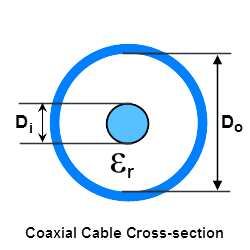K8MHZ
Senior Member
- Occupation
- Electrician
This is a topic that I do not fully understand, but of great interest to me since I got my amateur ticket last year.
Antenna grounding serves several different purposes, including getting best signal, safety for static discharge, and lightning protection.
You can pretty much strike lightning protection from this discussion. There is some black art there which I would not trust to anyone except a lightning protection professional. NEC minimum requirements do not address lightning protection for antennas. That #10 for grounding the antenna is not even close to what is needed for a lightning down conductor.
Other than static pickup, I don't believe that grounding will make a difference to the signal quality for the antennas you are considering. According to the supplier's site, these antennas have a 300 ohm balanced output (think 'twin lead') without grounded elements connected to the feedline. If you switch to coax, you will do so at a 'balun' and the grounded shield will only run from the balun on down.
For static discharge, I don't believe that adding a ground rod will make a difference; simply connect the #10 to the intersystem bonding terminal.
If lightning does strike your installation, using the #10 and not adding additional grounding, you can expect major damage. As I said, this is NEC minimum and _not_ lightning protection. If you want a system where lightning can strike the antenna with a high likelihood of only minimal damage (say just to the strike termination point) then IMHO you will need additional ground electrodes, grounding conductors on the order of #2 Cu, and professional design.
As I said: the above is speaking outside of my professional experience, so spice with a large grain of salt.
-Jon
The antenna comes with a matching transformer, which looks like it's bonded to the antenna mast. My Winegard is like that.

Bad pic, sorry, it's off the manufacturer's site. I don't see a separate terminal to ground the mast in order to comply with NEC 810.21, but it may be there if the twin lead is used.


